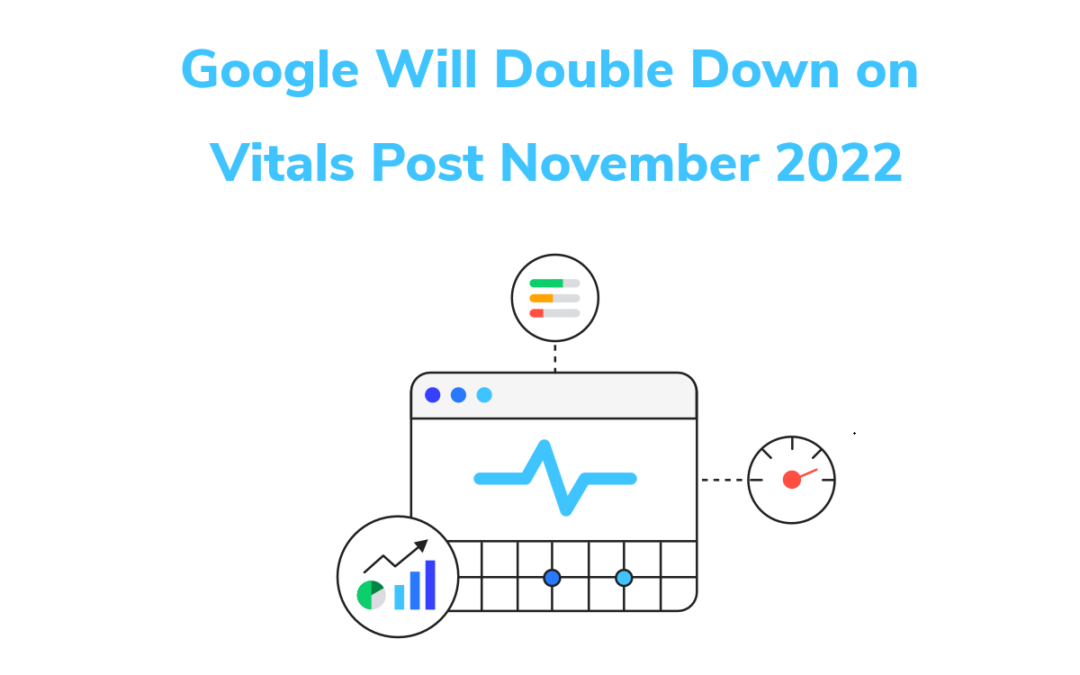From November 2022, Google will start doubling down on reducing discovery for apps that cross bad behavior threshold for core web vitals.
History of Android Vitals & It’s Impact
Five years ago, we discovered Android vitals as one of the important ASO factors. Initially, the impact was only on the explore traffic. Explore traffic is – similar app section, you may also like etc. In 2020, we started noticing that there was a lack of discovery on certain devices where crashes and ANR’s were high. We knew it was coming, and here, in 2022, it has.
Android Vitals and Developer Awareness
One of the common problems that marketers face is convincing the developers that vitals impact organic visibility. Sometimes, it’s hard to convince teams even with the empirical evidence. In fact, even we, as an app store optimization company, face this problem from time to time.
Second is the expectation that bad vitals are better than worse. For instance, improving your crash rate from 4% to 1.5% will not improve your discovery. It just reduces the rate of discovery loss.
Top Android Vitals Factor That Impact ASO
What are the top Core Web Vitals for Google Play
- Crashes
- ANR
- And then everything else.
Note: This is to just set priority – you should work on every single thing that is indicated in the core web vitals screen, including frozen frames, various start types etc.
Target for your tech team for improved visibility
Get your app in the top quartile of the better performing apps, and you would see your discovery go up. So, an app with crash rate of 0.25% has more ranking advantage compared to an app that has a crash rate of 1%. Thus making it an aso ranking factor.
Now that Google has put this explicitly, we hope that it would encourage teams to focus on vitals as a key metric.

Google Play November 2022 Update (Core Web Vitals)
What is Google Play November 2022 Vitals Update
- If an app has poor vitals on a specific device type, then Google will show a warning.
- Currently, device level crash rate is 8%, however Google’s advise is to keep it under 2%. However, we predict that eventually, Google will get this number very close to the average. (Possibly 1.5% or lower).
- Threshold aggregate crash and ANR rate remains at 1.09% and 0.47% respectively.
How to Measure Core Web Vitals
- You can monitor that directly on your Google Play Store console.
- Export firebase data to Bigquery. After that, please divide the crash data by the number of sessions (session start is the event name). ANRs aren’t exported to BigQuery, only crashes are.
How Soon Should I fix Vitals if my App Exhibits Bad Behavior
As of now, you should try to submit a new built within 7 days. At max, 30 days. And longer the vitals remain unfixed, the longer it takes to get the discovery back.
Nextgrowthlabs Recommends:
MintyGlow’s Recommendation to Developers
Convince your development team to focus on vitals, and get it under the threshold. For monitoring, you can use Google Play API, or console. Firebase crash velocity alert is great, but it doesn’t tell you when it starts impacting your marketing KPI’s.

